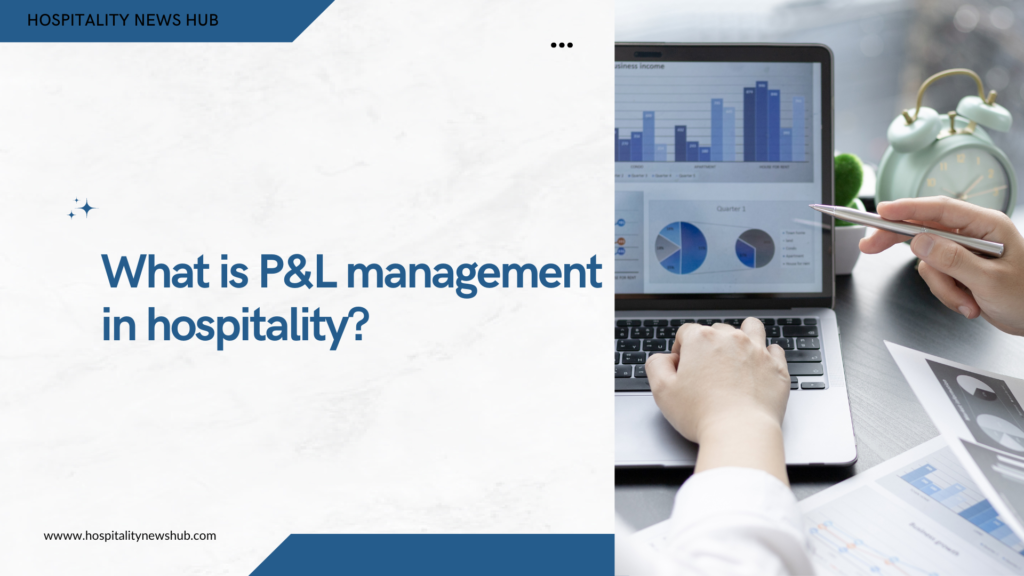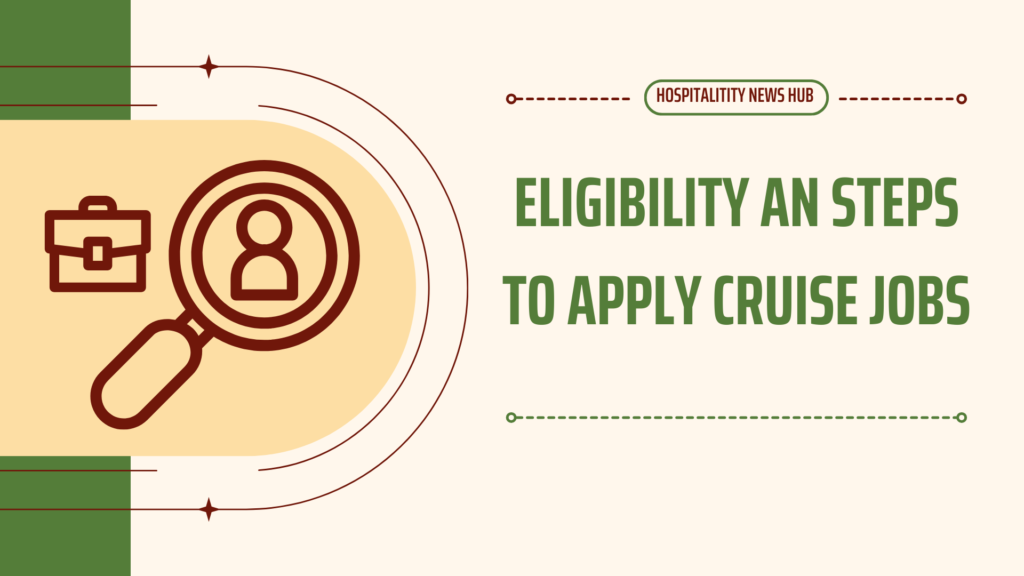What is P&L management in hospitality?

P&L management in the hospitality industry means effectively handling a business’s Profit and Loss statement, also called P&L or income statement. This financial paper shows the money a business makes and spends during a certain time. Like a month, quarter, or year. In the hospitality sector, which includes hotels, restaurants, and similar businesses, P&L management is important for checking how well the business is doing financially.
Managing a business’s finances can seem like a daunting task, but with a few simple steps, you can master Profit and Loss (P&L) management. In this article, we’ll break down key aspects of P&L using easy words, focusing on revenue projections, accounting, revenue generation, and cost reduction.
Key aspects of P&L management in the hospitality industry:
Revenue Management:
In hospitality, revenue comes from various sources such as room bookings, restaurant sales, events, and other services.
P&L management means looking at and improving how much money a business makes. This includes deciding on fair prices, using good ways to Promote, and making sure as many rooms or tables as possible are being used.
Costs and Expenses:
Hospitality business have different expense, like paying employees, utility (like water and electricity), buying items for food and drinks, paying rent, and taking care of the building.
P&L management is about managing and cutting costs while keeping the quality of service good. This could mean talking with suppliers to get better deals, using energy saving methods, and making sure staff schedules are planned well.
Labor Costs:
Employee salaries, benefits, and training add significantly to costs in the hospitality industry.
P&L management includes strategies for efficient staffing, training programs to improve employee productivity, and monitoring labor costs to ensure they align with revenue.
Inventory Management:
Restaurants and hotels need to manage inventory well to avoid waste and ensure that they have the necessary supplies.
P&L management includes tracking inventory levels, minimizing food and beverage waste, and negotiating favorable terms with suppliers.
Marketing and Promotion:
P&L management involves assessing the effectiveness of marketing campaigns and promotional activities.
Hospitality business need to check if spending money on promote, promotions, and loyalty programs actually helps them make more money. They want to make sure these things are adding to their overall profit.
Capital Expenditures:
Spending money on things like buildings, tools, or making improvements is important for the hospitality sector.
P&L management includes evaluating the impact of capital expenditures on the financial performance and determining whether these investments contribute to long-term profitability.
Analyzing Financial Statements:
Regularly reviewing and analyzing the P&L statement helps hospitality managers make informed decisions.
By looking at how well a business is doing now and comparing it to before or what’s normal in the industry, they can find where things can get better and make smart changes.
Conclusion-
Managing your P&L (Profit and Loss) doesn’t have to be hard. You can use tools to predict how much money you’ll make, keep track of your money with accounting. Add new things to make more money, and find ways to spend less. It’s like running a lemon drink. Stand smarter—knowing your earnings, getting paid on time, adding new flavors, and saving money wherever you can. Following these easy steps makes P&L management a doable and important part of running a successful business.
P&L management in the hospitality industry involves a comprehensive approach to overseeing revenues, controlling costs, optimizing operations, and making data-driven decisions. It is a vital tool for making sure financial eco friendly and success in a challenging market.



